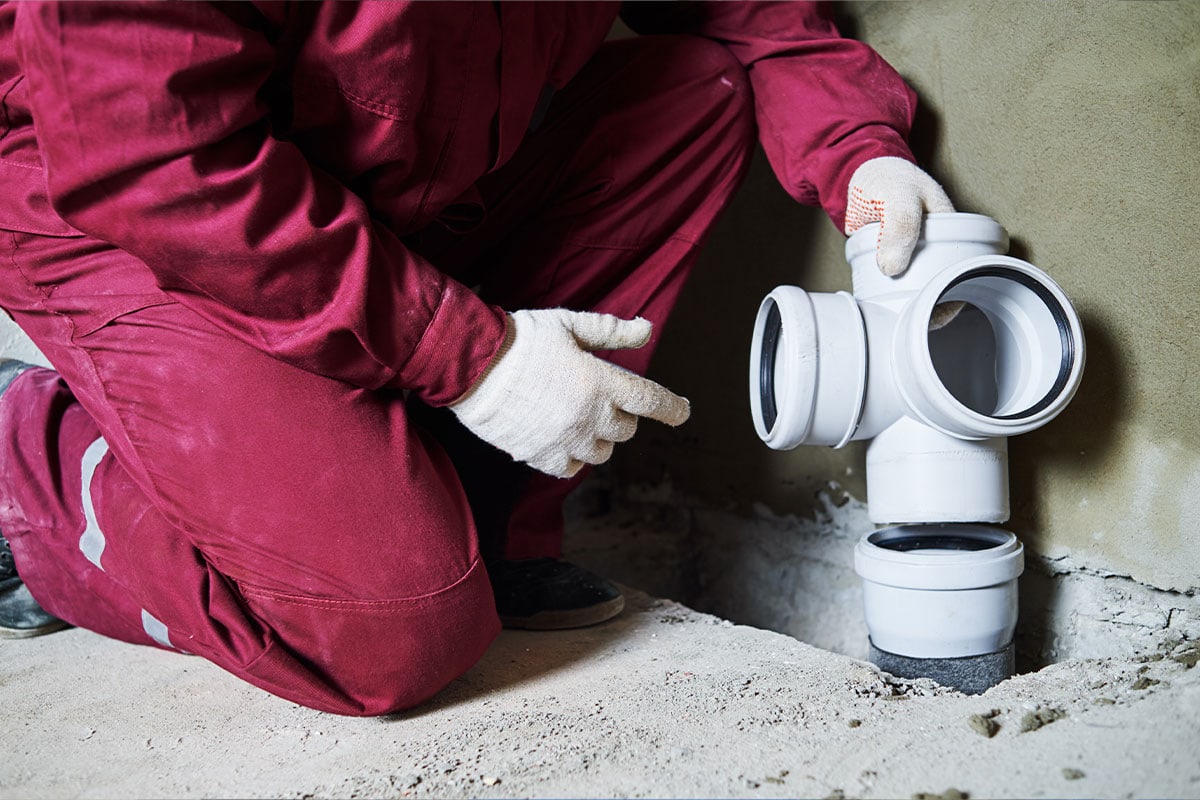Water softeners, working on the principle of ion exchange, are invaluable in maintaining the quality of water in our homes. In the water softening process, calcium and magnesium ions are replaced by sodium ions, which results in soft water that is friendly to our installations and household appliances. As the water softener works, the ion exchange bed becomes saturated with calcium and magnesium ions, which requires periodic regeneration.
During regeneration, the bed is rinsed with a brine solution, which washes away calcium and magnesium ions, and sodium ions are reintroduced in their place. This process is necessary for the softener to continue to work effectively. As a result, washings are formed that must be properly discharged.
Washings discharge - what are the requirements?
The drainage of water softener rinses requires special attention. The washings contain calcium, magnesium and sodium ions that have been removed from the water during the softening and regeneration process. Discharging these washings to the sewage system is the most common and recommended practice.
This, however, requires proper preparation of the installation site of the water softener. Next to the place where the softener is installed, there should be a drain to the sewage system. In some cases, minor modifications to the system may be necessary to ensure proper drainage of the washings.
Alternative methods of washings drainage
While the most common and simplest method is to drain the washings down the drain, there are other options. Some of them involve the discharge of washings into special tanks, which are then emptied by specialist companies. However, this method is more complicated and may generate additional costs.
Another possibility is to discharge washings into the ground, but this method requires special attention and proper preparation. This type of solution should always be consulted with local environmental authorities to ensure that it is acceptable and will not adversely affect the environment.
Washings after water softener regeneration
The drainage of water softener rinsings is a key aspect of its proper operation. The safest and easiest way is to discharge them into the sewage system, but we should always adapt the method of discharge to the individual conditions of our home and local regulations.
Let us remember that proper management of washings is not only about the efficiency of our softener, but also about the environment. Remember to always consult specialists or local environmental authorities if you have any doubts.



